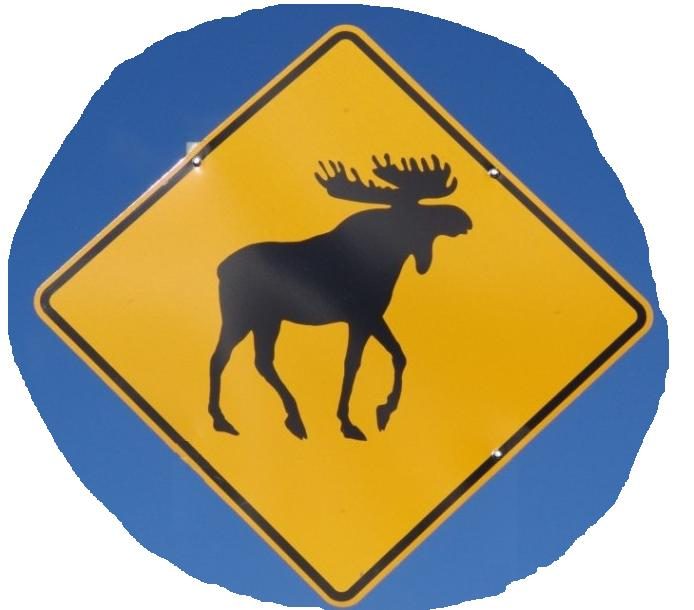Lyon: Top 10
(continuer en français) – Published: September 8, 2022

Lyon is the third largest city in France in terms of population, with its agglomeration reaching 2.3 million inhabitants. The city of Lyon began to exist during the Roman period, when it was the capital of Roman Gaul (the ancient name of France). Although the French monarchs often visited it, they did not settle there, preferring Paris or the Loire Valley. Lyon is known for its gastronomy and its bouchons.
01. City Hall
The City Hall dates from the 17th century, its construction was supervised by King Louis XIV and his architects. It is located on the peninsula between the Rhône and Saône rivers, marking the shift of the city’s centre of gravity away from Vieux-Lyon, prefiguring Lyon’s vast expansion. Surrounded by the Place de la Comédie and the Place des Terreaux, it is a lively and animated place.


02. Bellecour Square
The creation of this large public square, one of the largest in France, dates back to Louis XIV whose equestrian statue adorns the centre. It is the centre of the city, and the point zero is located there, from where distances to Lyon are calculated. Its size allows the organisation of events bringing together large crowds.
03. Hôtel Dieu
Following an ancient hospital tradition dating back to the 6th century, the Hôtel-Dieu was created in Lyon at the end of the 12th century, with the present building dating mainly from the late 18th century. The hospital remained in operation until 2010, when the historic building was transformed into a mix of housing, offices, shops and a luxury hotel.


04. Croix-Rousse district
This district owes its singularity to the existence of the Canuts, silk workers who worked from their apartment-workshop. Their numbers grew considerably in the 19th century, making it necessary to build this new district. Thus gathered, they became aware of their strength and demanded rights, precursors of the trade union movement of the Industrial Revolution.
05. Old Lyon
The Roman city developed on the west bank of the Saône, then each era added its layer. Today, Old Lyon, largely pedestrianised, is a favourite place for visitors, with its well-restored old houses lining narrow streets, with welcome shade on hot days. Cafés and restaurants occupy the space vacated by cars.


06. Philibert Delorme Gallery
The most remarkable architectural element in Old Lyon is located within a courtyard. It is a gallery designed to connect two houses separated by a third. Philibert Delorme designed this elegant building in 1536 after a stay in Italy, introducing the first occurrence of the Italian Renaissance in France.
07. Hôtel de Gadagne
In 1545 the Gadagne family, wealthy Florentine bankers, bought and refurbished this already ancient hotel. They brought to it all the splendour of the Italian Renaissance that their wealth and their connections in their country of origin allowed. After various changes, the preserved building became the city’s museum as well as the puppet museum, each occupying a wing.


08. Traboules
Traboules belong to Lyon’s vocabulary, although the concept can be found elsewhere. They are passages that connect several buildings to cross a block of houses. This was often fantasized as a way to escape the authorities, but it is far from a secret passage. It is also a game of pushing open the doors and seeing where they lead.
09. Golden Head Park (Parc de la Tête d’Or)
Designed in the mid-19th century, the 290-acre, 117-hectare, park occupies the site of former marshland near the Rhône. A plain of several hectares has been laid out to allow different large species to live together, almost naturally. The giraffes remain among the public’s favourites. The name is inspired by a treasure that is said to be hidden there.


10. Confluence district
Confluence is the new fashionable district, which is to be developed over the first third of the 21st century. Located between the Rhône and Saône rivers, it replaces an industrial wasteland. It is already home to the new headquarters of the Regional Council, a large shopping centre, the Musée des Confluences and high-end flats overlooking a marina.
To be informed of upcoming articles, register here (it’s free!).
Articles about France:
…

Auvergne-Rhône-Alpes
Bourgogne-Franche-Comté
Bretagne
Centre-Val de Loire
Grand Est
Hauts-de-France
Ile-de-France
Normandie
Nouvelle-Aquitaine
Occitanie
Pays de la Loire
Provence-Alpes-Côte d’Azur
To be informed of upcoming articles, register here (it’s free!).

We loved our visit to Lyon in 2017. We did not love the Lyonnais cuisine, but the city was delightful. Thanks for the memories. Hope all is well. Allan
LikeLiked by 1 person
I was in Lyon at a time of a heat wave, the rich food of the local gastronomy was not adapted, I can understand. Many thanks for sharing your experience.
LikeLiked by 1 person
Lyon, and Avignon, are both very high on my European wish list, having visited neither. You make it sound like it should go even higher up my list.
LikeLiked by 1 person
These are two beautiful cities, quite different; but equally with a feeling of summer holiday due to their location in the Midi.
LikeLiked by 1 person
my favourite French city!
LikeLiked by 1 person
That’s a good choice!
LikeLike